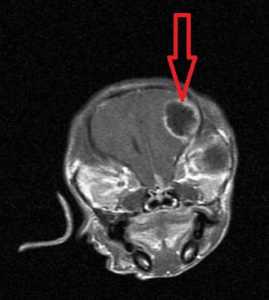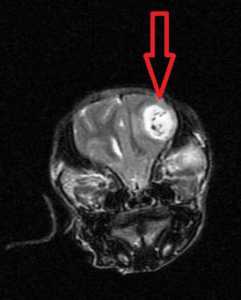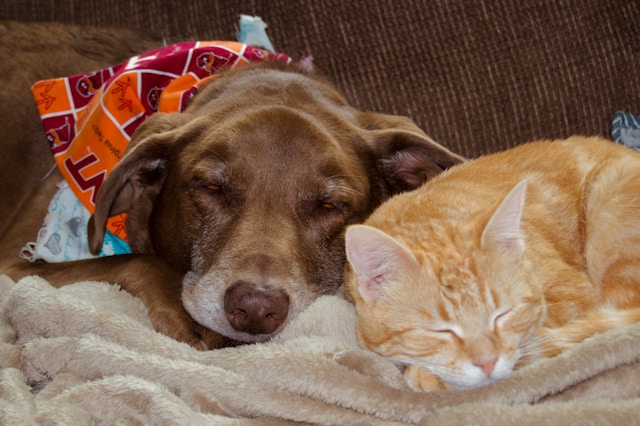What is a seizure?
A seizure is a sudden, large amount electrical activity in the brain.
What does it look like?
This electrical activity appears in many different ways. The most common types of seizures cause an animal to fall to the side, “paddle” their limbs and lose consciousness. The seizure itself is often called the “ictal phase.” Your pet may salivate/drool excessively, urinate or defecate. The ictal phase may be as brief as several seconds or last several minutes to even hours.
Prior to an episode, your pet may show signs of nausea/vomiting or disorientation. This “pre-ictal phase”. Some pets do not experience this pre-ictal phase at all. After a seizure, your pet may be temporarily blind, disoriented and wobbly on his/her feet. This “post-ictal phase” may last anywhere from 30 seconds to several days.
Is a seizure dangerous?
Seizures can be dangerous if they last too long or if too many occur in a short period of time. In general, you should seek immediate emergency veterinary attention if your pet has a seizure and:
- This is your pets first seizure.
- It lasted five minutes or longer.
- Your pet has had three or more within a 24-hour period.
What causes seizures?
Problems outside of the brain. Such as low blood sugar, electrolyte changes, toxins, bufo toad toxicity or liver failure.
Problems inside of the brain. Such as malformations, inflammation (encephalitis), stroke, tumor, cancer, or infection.
Idiopathic epilepsy. Idiopathic epilepsy in pets is a genetic predisposition. In general, epileptic dogs tend to have their first seizure between 1 and 5 years of age. They have a normal neurological exam and are completely normal in between episodes. Veterinarians diagnose Epilepsy by ruling out all other causes of seizures. There is no definitive test for epilepsy. Epilepsy in cats is EXTREMELY rare. If your cat has a seizure, further testing is strongly recommended.
Types of tests required to help with diagnosis and treatment:
After performing a complete neurological exam your vet can the most likely causes of your pet’s seizures.
Routine bloodwork (complete blood count and chemistry profile) to evaluate a patient for cause outside of the brain. Additional blood tests for infectious diseases or other abnormalities may be recommended. These can help to screen your pet for infections or other causes that may affect the nervous system.
An MRI or other advanced forms of diagnostic imaging is the only way to look for causes of seizures that come from inside the brain. This test requires general anesthesia. It is usually accompanied by a cerebrospinal fluid analysis to evaluate the fluid that surrounds the brain for microscopic evidence of disease. MRI’s can also be done with the addition of contrast. This contrast can help define the brain structures more clearly.


How are seizures treated in dogs and cats?
Seizures in the hospital are treated with anti-convulsant medications administered during a seizure. At home, seizures are treated with daily medications to minimize the number, minimize their severity, and decrease the likelihood that a patient will have multiple (cluster) seizures. There are many medications available to treat seizures. Your veterinarian will discuss which medication(s) are the best fit for your pet. If you pet has seizures, please keep a seizure diary of the date, length of seizure and length of post-ictal phase. Your veterinarian can use this diary assess your pet’s response to treatment.



